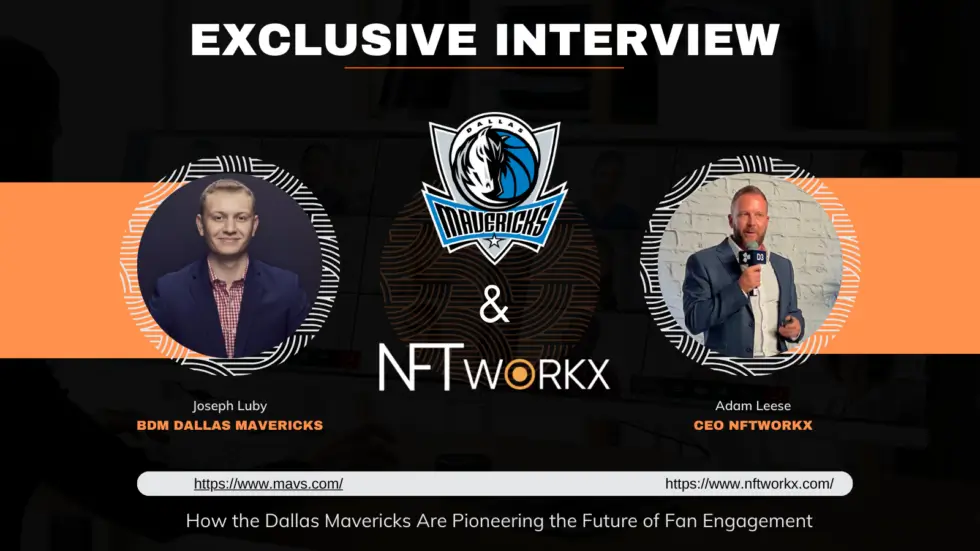Ecommerce 101: Your First Steps
I created this Ecommerce 101 guide because there was nothing like this for me. It was a different world. I remember setting up my first online store selling tech gadgets, wondering if anyone would even notice. Fast forward to today, and e-commerce has transformed into a bustling environment, where anyone, including you, can set up shop and make a mark. There are many ways you can do things wrong. Here I hope to get you started on the right foot.
My Early Mistakes (So You Don’t Make Them)
One of my initial blunders was not understanding my target audience. It’s not just about listing products; it’s about presenting them in a way that resonates with your potential customers. For instance, when I was selling vintage watches, I soon realised my audience wasn’t just looking for any watch—they wanted a story they could connect to. So, when you start your ecommerce journey, always ask: Who am I selling to?
“A target audience is, in the simplest sense, a population that is inclined to be curious about your good or service. And this group’s members typically have something in common.” – Dan Kennedy
Tools That Made a Difference
Over the years, I’ve used various platforms and tools to enhance my ecommerce operations. Shopify, WooCommerce, and Magento were some you probably heard of. However, you have to find out what works best for you. This info is as a guide only and there are many ways to succeed. I’ve seen peers thrive on platforms like BigCommerce or Wix. You might want to check out this comprehensive comparison to find the one that aligns with your goals.
Personal Touch: Standing Out in the Digital Crowd
Here’s a little secret: People love personal touches. When I started adding handwritten notes to my shipments or featuring behind-the-scenes glimpses of my process on social media, engagement skyrocketed. Remember, it’s the digital age, but human connection still reigns supreme. Make your customers feel valued, and they’ll keep coming back.
Navigating the Payment Gateway Maze
Selecting a payment gateway was another challenging task. From PayPal to Stripe, there are numerous options. I personally found success with Stripe due to its seamless integration and transparent fee structure. However, you might have different needs.
The Art of Pricing
Pricing is both an art and a science. I experimented a lot, sometimes setting prices too high or too low. The key is to understand your market, evaluate your competitors, and importantly, know your worth. Consider tools like Prisync to monitor competitor pricing and adjust yours accordingly.
Lessons from Customer Feedback
Feedback, both positive and negative, has been a guiding light for me. Once, a customer pointed out a flaw in one of my products, and addressing it not only improved the product but also won me a loyal customer. Embrace feedback, and always be ready to adapt.
Preparing for the Future: Staying Updated
The ecommerce landscape is ever-evolving. From emerging technologies to changing consumer behavior’s, staying updated is crucial. I often read articles from Ecommerce Guide and Product Hunt to ensure I’m not missing out on the latest trends.
Social Media for Ecommerce Success
Social media platforms were game-changers for me. No, not just for the social aspect, but for the immense potential they offered for brand visibility and engagement. I remember the first time I used Instagram’s shop feature; it was as if I’d opened a new store in the busiest part of town! If you’re not leveraging platforms like Facebook, Instagram, and even Pinterest for your ecommerce business, you’re missing out. Here’s a great guide that helped me maximise my social media presence.
Mobile Optimization: Ecommerce 101 Priority
One day, I was casually browsing my store on my phone, and I realised how clumsy the experience was. That was my wake-up call. I revamped my site to be mobile-friendly, and the results were astonishing. More than half of my traffic came from mobile users! So, if there’s one piece of advice I’d give you, it’s this: Ensure your site looks and works perfectly on mobile devices. For some expert tips, check out this mobile optimization guide.
The Power of Email Marketing
Many think email is old school, but let me tell you, it’s gold. After setting up a simple newsletter and sending out monthly updates with personal stories, product highlights, and exclusive offers, my engagement soared. Platforms like Mailchimp or ConvertKit can be your allies in this. You can also explore this email marketing handbook to kickstart your campaign.
Sustainability and Ecommerce: A Personal Choice
A turning point for my brand was when I decided to adopt sustainable practices. From eco-friendly packaging to ethical sourcing, I made conscious efforts to reduce my carbon footprint. Not only did it resonate with a segment of my audience, but it also felt right.
Wrapping Up: Your Ecommerce Journey
As you start your ecommerce adventure, check back to this ecommerce 101 article often. Internalising the basics is important. Remember it’s a continuous learning process. There will be challenges, but with determination, adaptability, and a sprinkle of personal touch, you’ll carve out your unique space in this digital universe. And always remember, every successful ecommerce entrepreneur once started just where you are now.
Note: The world of ecommerce is vast and ever-evolving. While this article offers personal insights and experiences, it’s crucial to continuously educate yourself, experiment, and adapt. The linked resources are a great starting point, but your journey will be uniquely yours. Enjoy the process!
Further Reading:
-Web3 Ecommerce vs Traditional Ecommerce: The Future of Online Shopping
-How Shopify is Shaping the Future of NFT Commerce: An In-Depth Analysis













